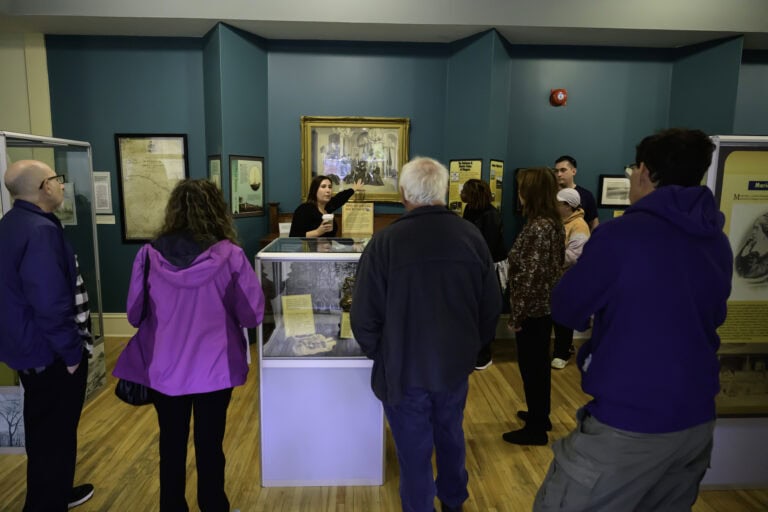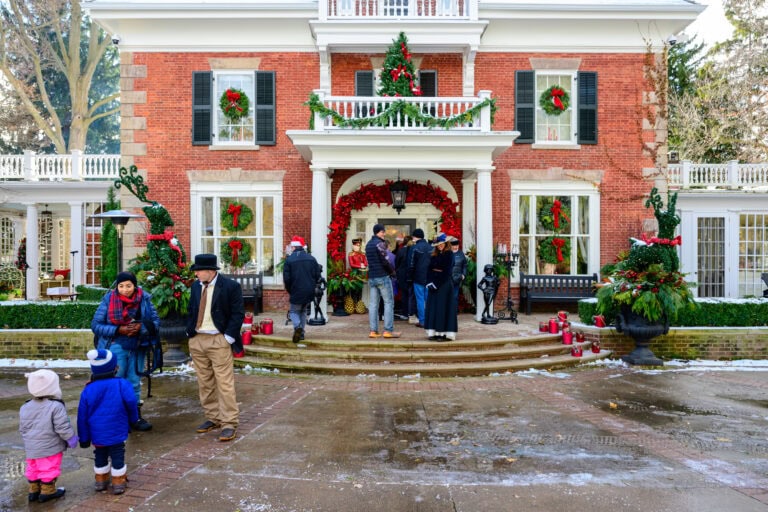Here in Niagara-on-the-Lake, the history of the town is deeply intertwined with the history of the Canadian military.
Whether it’s places like Butler’s Barracks or Queenston Heights, the fact that places like Garrison Village and the Jackson-Triggs Winery used to host military training grounds, or that the Royal George Theatre was built to entertain the troops of Camp Niagara, the legacy of war is everywhere in NOTL.
And during this time of year, it’s a part of history that Al Howse, president of the local Royal Canadian Legion branch, is thinking deeply about.
“The history of the town is just wrapped up with the military, before and after we became a country,” he said.
As Canada approaches Remembrance Day, Howse says while not everyone in town may be aware of how much the military’s history and NOTL’s history are one in the same, he says his focus leading up to Nov. 11 is simple: asking people to remember — or, if they can’t remember, to think about it.
“We want the focus to be on the sacrifice that all these people made and what the sacrifice means to you,” he said. “Are you happy that we still have all the freedoms we have and how much people know of what it took to keep them.”
His father and uncle were both Second World War veterans, while his grandfather was a First World War veteran.
“I have an acute knowledge of service and what it’s like to volunteer to be a soldier from them,” he said.
This time of year, the Legion is hard at work readying to host the town commemorative service for Remembrance Day, held at the Queen Street clock tower cenotaph, with two minutes of silence at 11 a.m., and the cenotaph in Queenston.
The two cenotaphs bear the names of those from NOTL who fought and died in the First and Second World Wars.
On the subject of recognizing the history of how these wars affected NOTL, Howse highlighted historic writer Ron Dale’s column The Monuments Men, published in The Lake Report, which sheds light on the lives of the men whose names are listed on the cenotaphs.
Alongside the Nov. 11 services, starting on the last Friday of October, the Legion is busy campaigning to encourage those around them to wear a poppy as a visual commemoration to those who’ve served Canada.
“My focus, especially during the poppy campaign and Remembrance Day, is to get out the message to the community through the poppy,” Howse said.
Outside the Legion, its memorial cairn has been adorned with one of the NOTL Museum’s poppy displays, a netting of wool poppies joined together to create a draping of hundreds of poppies.
The same drapings are also installed at the NOTL Museum at the old Court House. The poppy installations will be on display until the end of Remembrance Day.
“I think it’s great,” he said of the poppy display at the Legion. “We have people every day stopping by and taking pictures.”
There are some who may not have picked up a poppy or made a donation in one of the Legion’s white boxes yet.
On those people, Howse said, this represents that they live in a free and open society where poppy-wearing isn’t forced on anyone.
“That’s your choice, whether you want to give reverence to remembrance,” he said. “It’s our job to educate people, from school children and up.”
As for what remembrance looks like in action, Howse said every person can choose their own way to do so — whether it’s researching the wars online, talking to their grandparents about it or reading the names of the men who gave up their lives on the two cenotaphs standing tall in Old Town and Queenston.









